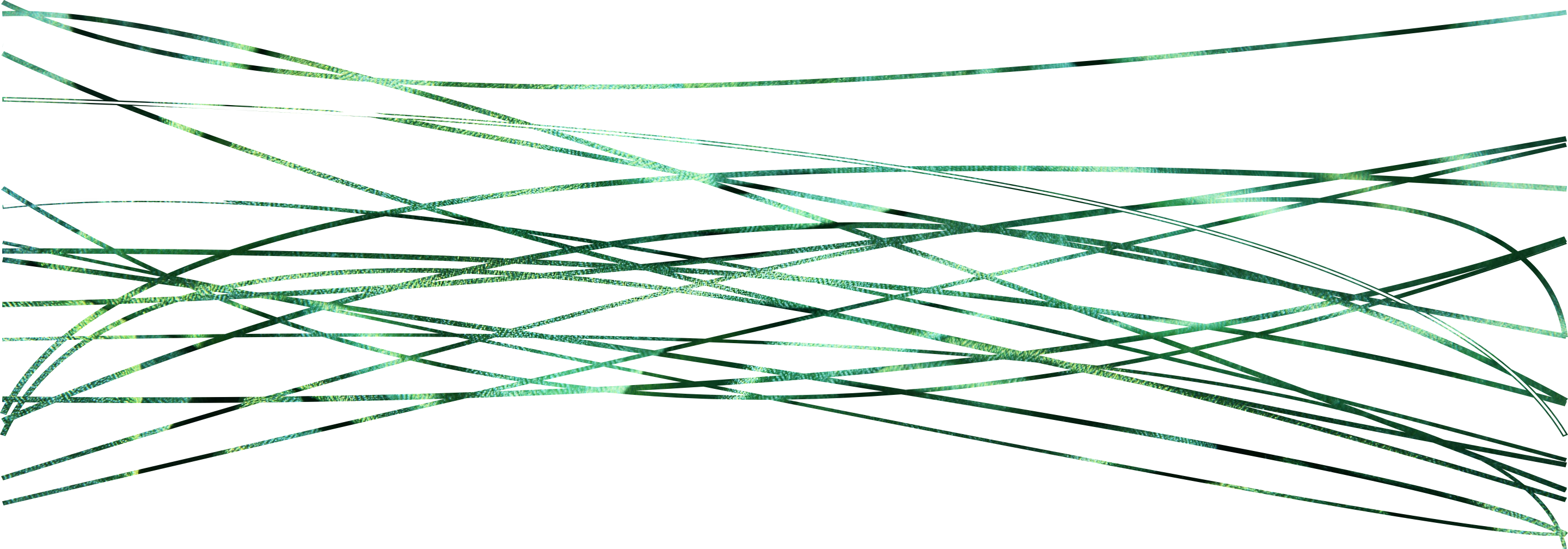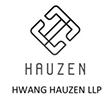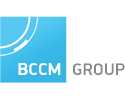MAIN
Greenfield legal – a young and ambitious company focusing in provision of services in legal and investment consulting, project management, investment management and marketing.
Our focus is in providing services to Russian and foreign clients planning to participate in large potential projects in the area of infrastructure construction and other investments in Russia and abroad.

OUR MISSION
We believe in the strategy that underlines the cooperation of Russia and China in the area of synergy between the Eurasian Economic Union and the Belt and Road Initiative.
Our professional background and knowledge of the markets of Russia, China and Hong Kong provides unique opportunities to our clients and partners to obtain business connections and make investments to the projects clearly within the orbit of the China-Russia international cooperation.

EAEU AND BRI SYNERGY
Below text is the courtesy of Alexander Svetlichni (article extract). (Svetlicinii, A. (2018). China’s Belt and Road Initiative and the Eurasian Economic Union: “Integrating the Integrations”. Public Administration Issues, Special Issue (electronic edition), pp. 7–20 (in English)).
The economic cooperation dialogue between China and the EAEU commenced prior to the announcement of the BRI. On 6 December 2012 the EAEU Commission and the MOFCOM concluded a Memorandum of Understanding concerning cooperation in trade matters. A decision to start formal negotiations between the EAEU and China on the conclusion of a comprehensive product and transport vehicle in formation exchange agreement was taken at the end of 2014. In a joint statement released on 8 May 2015, the EAEU Commission and the MOFCOM announced the launch of negotiations for the conclusion of the trade and economic cooperation agreement between China and the EAEU. It should be noted, however, that the free trade arrangement between China and the EAEU can currently only be achieved in relation to trade in goods, as the trade in services and the coordination of such with third countries is left by the EAEU Treaty to its member states.
On 8 May 2015 Russia and China issued a joint statement concerning cooperation for conjunction of the EAEU and BRI, where Russia expressed its support for BRI while China agreed with Russian eff orts in developing EAEU economic integration. The parties agreed to cooperate on a bilateral level as well as through the SCO platform. The following directions for cooperation were mapped in the Joint Statement: trade and investment facilitation; joint investment projects; enhancing infrastructure connectivity; free trade agreement between the EAEU and China in a long-term perspective; promotion of SMEs; facilitation of payments in national currencies; cooperation within the Asian Infrastructure Investment Bank, Silk Road Fund, SCO Interbank Consortium; global trade and investment governance. The commitment to docking the BRI with the EAEU was reaffirmed by both parties during President Putin’s visit to Beijing in June 2016.
Despite the rapid developments in BRI-EAEU dialogue, the scholars have noted the differences in approaches towards the BRI by the two leading counterparts: Russia and China. In Russia, the Silk Road has traditionally been regarded as a transport infrastructure connecting East and West where Russia would play a key role as the bridge connecting these two parts of the world. The EAEU from the outset had a dualist nature: on one hand it was seen as an extension of “greater Europe” from “Lisbon to Vladivostok”, but with the rise of China it also received a strong Asian vector (Sakwa, 2016, p. 5). For China, however, the BRI is primarily a “belt” rather than a “road”, meaning a space of economic development and prosperity where highly developed states are engaged in an intensive trade exchange (Makarov & Sokolova, 2016 pp. 48–50). What makes the 21st century Silk Road different from the ancient one is that today this road passes through sovereign states with different political and economic objectives. As a result, one of the few issues that all of these Central Eurasian states have unanimously supported was the improvement of border management (Diener, 2015). Since the BRI is essentially based on the increase of various flows (goods, services, and people) across those borders, this will present a tremendous challenge for those states inclined to protect their territorial sovereignty. In this sense, the builders of the BRI will have much to learn from the positive experience of the EAEU, which at least shares a common history of such flows in the modern era and has to a certain degree progressed in this direction (free flow of goods, no visa regimes, abolition of border controls, etc.)
Greenfield Legal is into researching and creating tactical administrative and legal solutions for implementing the strategies and declarations on the EAEU-BRI synergy into concrete projects. Currently, under the contract with our Chinese and Hong Kong partners, we are conducting market research and composing the pipeline of potential projects. For some potential projects, negotiations are being held and the relevant memoranda are being drafted.

NEWS
As Strike Looms, Port Operators Ask Regulator to Force Dockworkers to Negotiate
The group that represents port terminal operators said the International Longshoremen's Association was refusing to negotiate a new contract before a Monday deadline.26.9.2024 22:40
Trump's Plans Could Spur Inflation While Slowing Growth, Study Finds
A nonpartisan economic analysis warned that deporting migrants and increasing tariffs would damage the U.S. economy.26.9.2024 19:33
Harris Now Has an Economic Plan. Can It Best Trump's Promises?
A central question in the final stretch of the election is if Vice President Kamala Harris's proposals will cohere into an economic argument that can top former President Donald J. Trump's.26.9.2024 19:12
U.S. Economy Had Stronger Rebound From Pandemic, G.D.P. Data Shows
Updated figures show that gross domestic product, adjusted for inflation, grew faster in 2021, 2022 and early 2023 than previously reported.26.9.2024 14:59
Harris's Economic Pitch: Capitalism for the Middle Class
In a major address in Pittsburgh, the vice president praised business and used technical language to court economy-minded voters skeptical of big government.26.9.2024 02:00
Trump's Low-Tax, High-Tariff Strategy Could Clash With Economic Realities
The former president's efforts to compel companies to remain in the United States had limited success while he was in the White House.26.9.2024 17:08

OUR PARTNERS







CONTACTS
Office address: 56 floor, Federation Tower East, 12, Presnenskaya Emb., Moscow, Russia.
Phone: +7 968 874-9908 (landline being installed)
Email: secr@greenfieldlegal.ru








